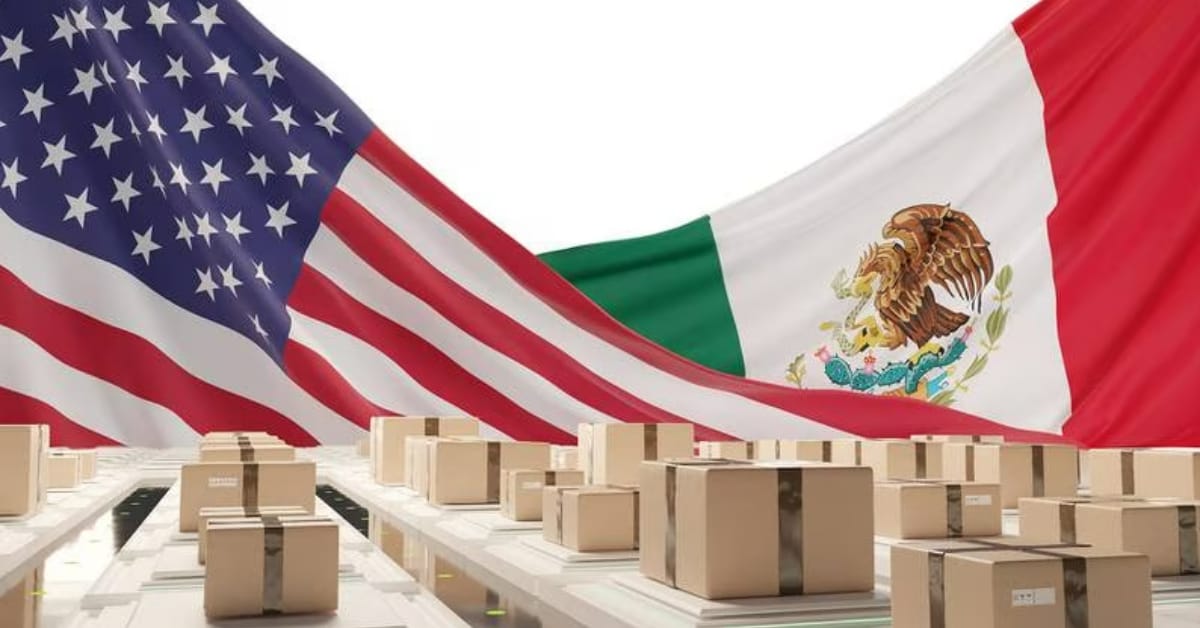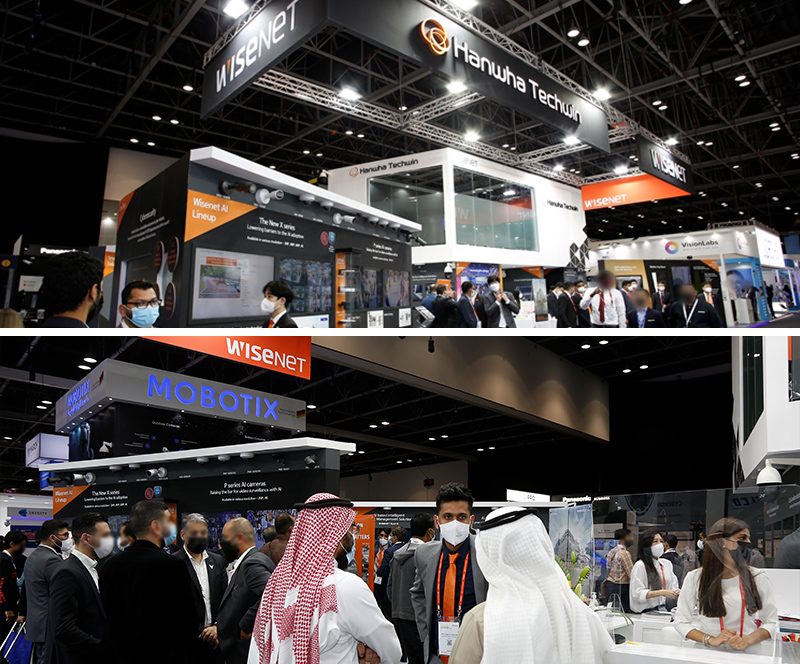Folks, brace yourselves. The Chinese semiconductor landscape just got a LOT more interesting – and complicated. The China Semiconductor Industry Association (CSIA) dropped a bombshell yesterday with its ‘Emergency Notice’ regarding the rules of origin for semiconductor products. Essentially, where a chip is designed – the so-called ‘foundry location’ – now determines its country of origin, not where it’s packaged and tested.

This isn’t just a technicality. This is a game-changer. I’m hearing from sources that clients are scrambling to pull forward orders, stocking up, and generally engaging in good old-fashioned hoarding. Prices haven’t surged yet, but the uncertainty is thick enough to cut with a knife, and many are halting new quotes altogether.
Let’s break down why this matters. Current trade tensions already cast a long shadow, but this rule accelerates the push for domestic semiconductor production. Think about it – chips manufactured in the US, even if finalized elsewhere, could face a whopping 125% tariff.
Here’s a quick explainer for those newer to the space:
Semiconductor origin determination is crucial for tariffs and trade policies. The ‘rules of origin’ define a product’s national origin.
Previously, the location of final assembly (packaging and testing) often determined origin. This allowed some maneuvering around tariffs.
The new rule focuses on where the chip design is fabricated – the foundry location, shifting power dynamics.
This fundamentally reshapes the landscape. Southeast Asia and Taiwan, major packaging and testing hubs, lose some of their leverage.
But here’s the silver lining: any chip category that can be successfully sourced domestically? That’s where we’re going to see dramatic market share gains. This is a massive incentive for Chinese semiconductor companies. This isn’t just about mitigating risk; it’s a full-blown opportunity. Get ready for a wave of investment and innovation. Buckle up, because this story is just getting started.





